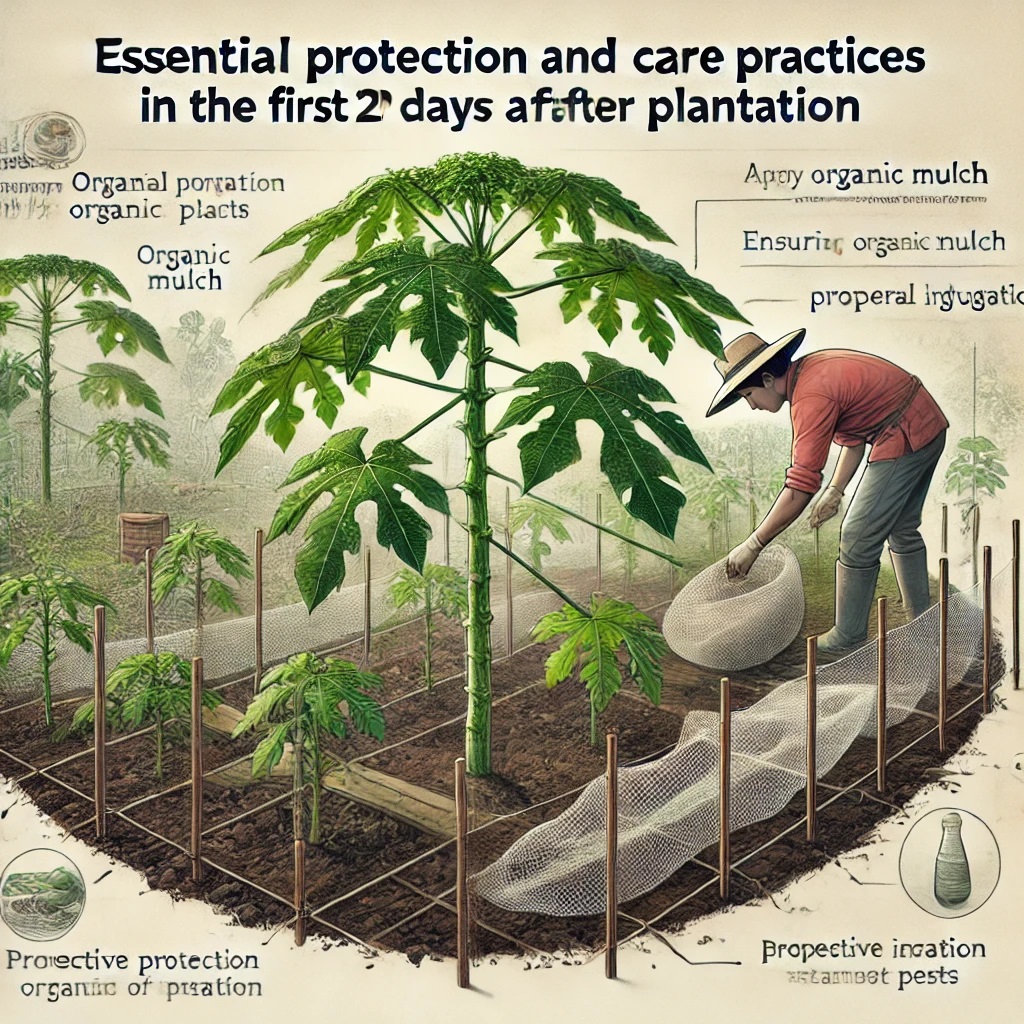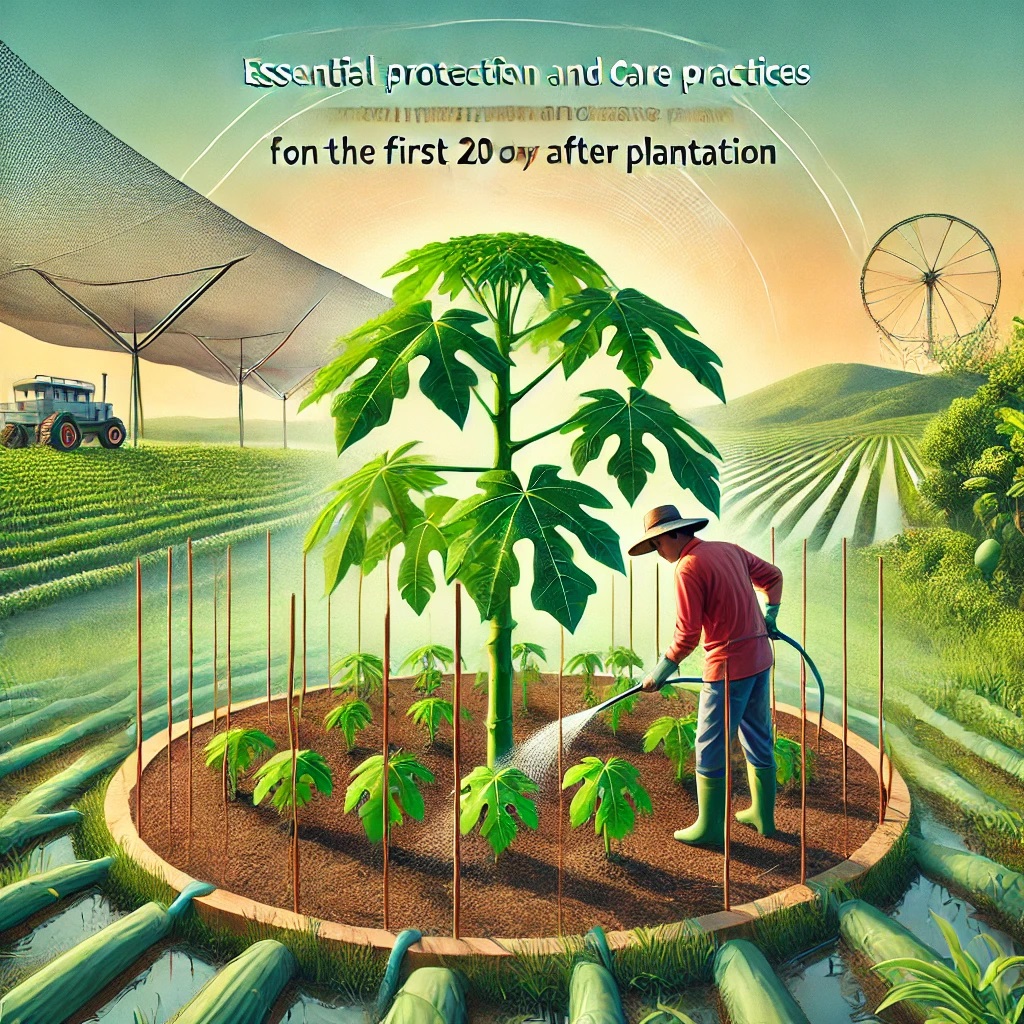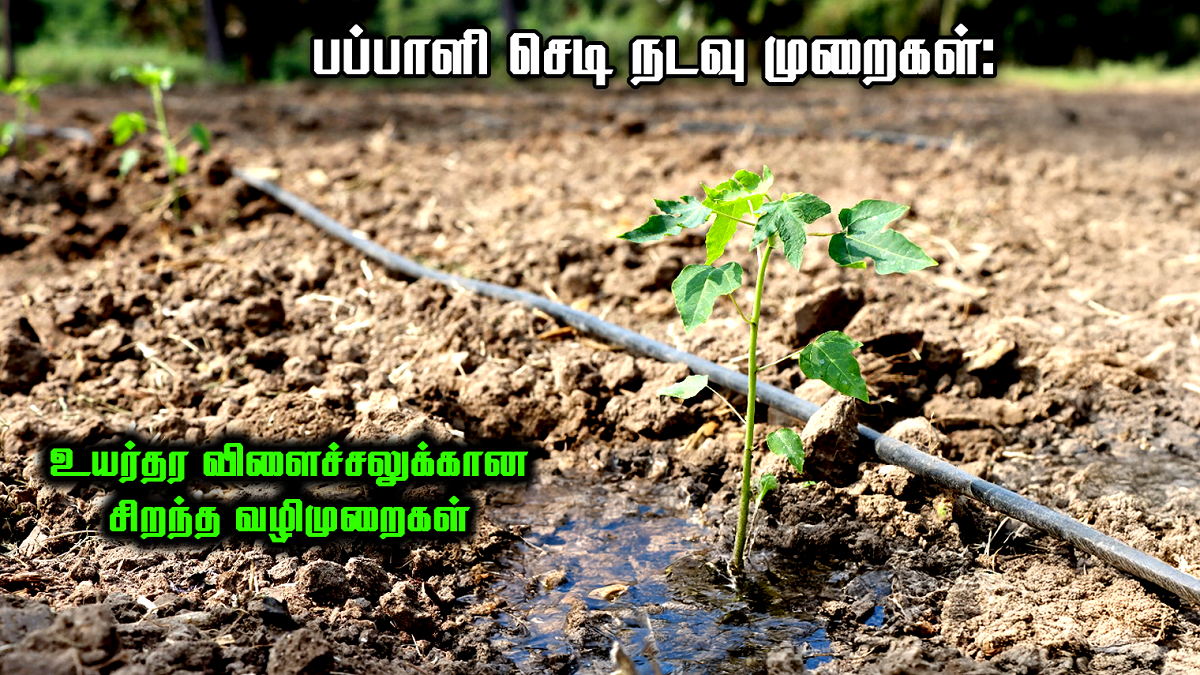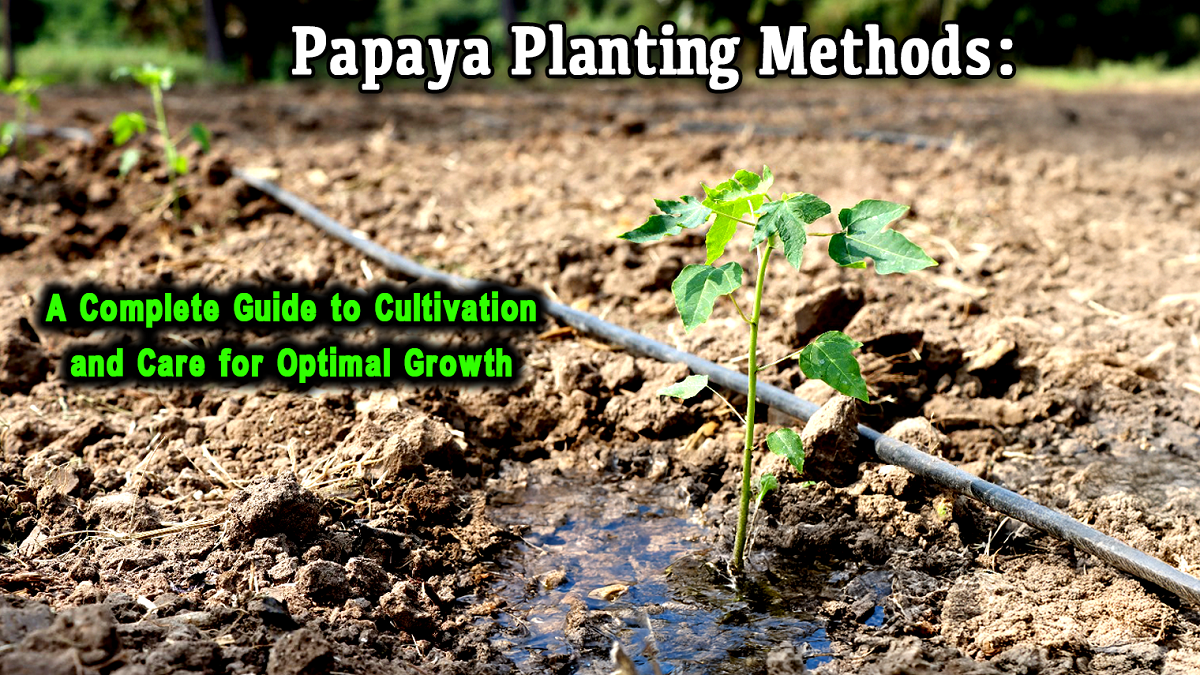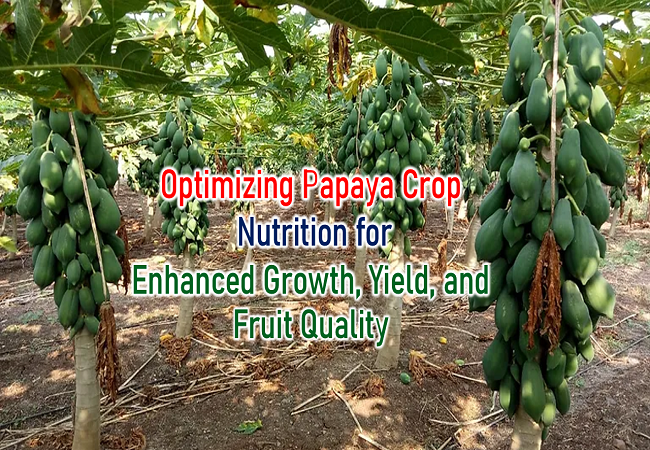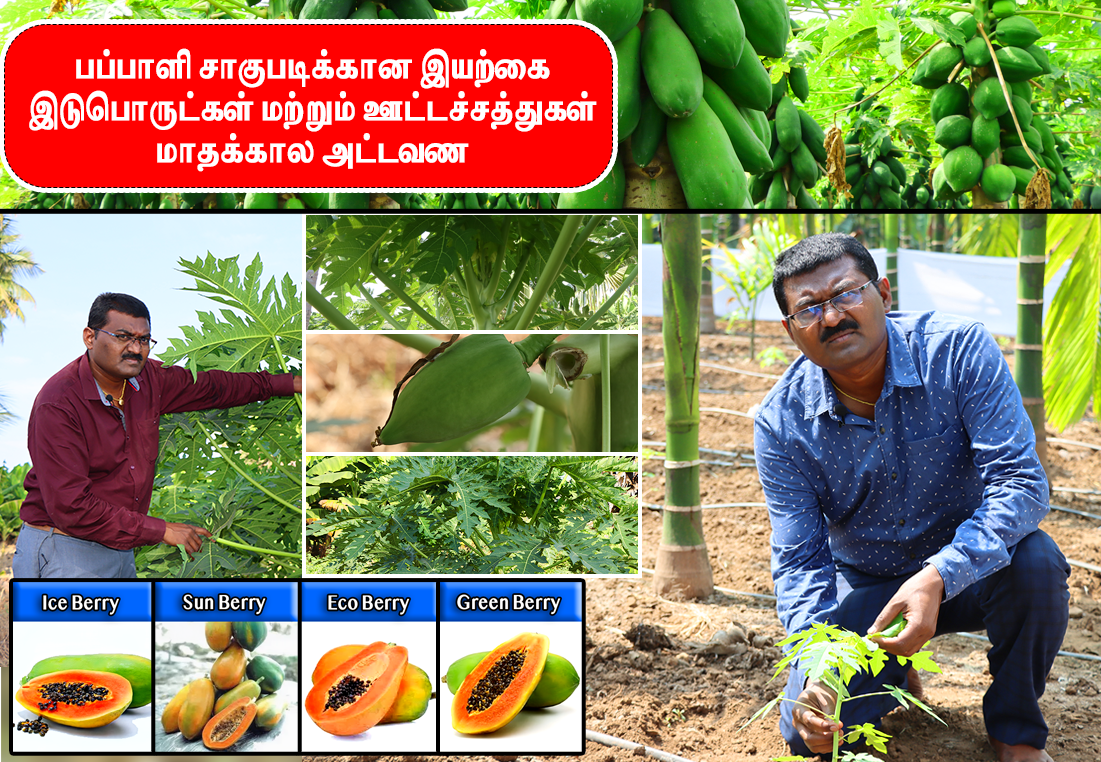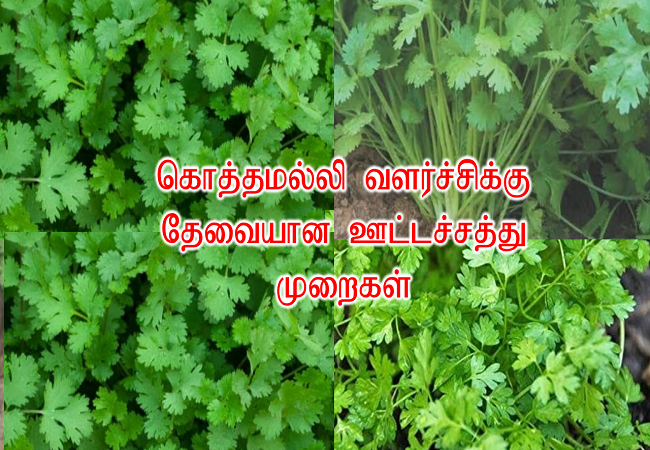Magnesium is an essential nutrient for papaya plants, playing a key role in chlorophyll production, enzyme activation, and energy transfer. Being a mobile nutrient, it moves from older to younger leaves when deficient, causing interveinal chlorosis as the first symptom, followed by necrotic spots, leaf drop, and reduced photosynthesis. This deficiency weakens the plant, stunts growth, lowers fruit quality, and increases flower drop, especially in acidic or sandy soils where magnesium leaches easily. High calcium and potassium levels further compete with magnesium uptake, making absorption difficult, with optimal availability in a soil pH range of 6.0 – 7.5. Farmers can prevent deficiency in papaya crops by applying magnesium sulfate (Epsom salt) or dolomite lime and using magnesium-rich fertilizers for improved plant health and yield.
Blog
-
After receiving the saplings from "Dr. Vivasayam Papaya Nursery Farm," place them in a shaded area or a location with moderate sunlight for 3 to 7 days, and water them daily. After this, follow proper fertilizer and pest management practices, and apply the necessary treatments to the root area. By consistently following these steps, Dr. Vivasayam wishes you a successful papaya harvest and great profits, ensuring healthy growth, minimizing the risk of diseases, and optimizing your yield for a rewarding and fruitful farming experience.
-
"Dr.விவசாயம் பப்பாளி நாற்றுப் பண்ணை"யிலிருந்து நாற்றுகளைப் பெற்றுக்கொண்ட பிறகு, அவற்றை 3-7 நாட்களுக்கு நிழலான அல்லது மிதமான சூரிய ஒளி கிடைக்கும் இடத்தில் வைத்து, தினமும் தண்ணீர் பாய்ச்சவும். அதன் பிறகு, உர மற்றும் பூச்சி மேலாண்மையை சிறப்பாக கடைபிடித்து, வேர் பகுதியில் தேவையான மருந்துகளை முறையாக ஊற்ற வேண்டும். இந்த முறைகளை முறையாக பின்பற்றி, பப்பாளி விவசாயத்தில் சிறந்த மகசூல் மற்றும் லாபத்தைப் பெற Dr.விவசாயம் வாழ்த்துகிறது.
-
பப்பாளி நடவு வழிமுறை: சிறந்த வளர்ச்சிக்கு, குழி நடவு (மிகவும் பயனுள்ள), துளை நடவு, மேட்டுப்பாத்தி, மூடுபனி, அல்லது நேரடி நடவு போன்ற முறைகளைப் பயன்படுத்தவும். நடவதற்கு முன், மட்கிய உரம் பரப்பி, 1.5 அடி குழிகள் தோண்டி, மேல்மண்ணுடன் 1 கிலோ உரம் மற்றும் 50-100 கிராம் வேப்பம் புண்ணாக்கு கலந்து நிரப்பவும். நடவு செய்த பிறகு, சூடோமோனாஸ் மற்றும் டிரைக்கோடெர்மா விரிடி (100 லிட்டர் தண்ணீரில் 1 லிட்டர்) அல்லது வேர் நோய்களைத் தடுக்க பரிந்துரைக்கப்பட்ட பூஞ்சாண கொல்லி வேர் மண்டலத்தில் பயன்படுத்தவும். போதுமான நீர்ப்பாசனம் செய்து, தேவையான உரங்களைச் சேர்க்கவும். களைகளை அகற்றி சரியான பராமரிப்பு மூலம் பப்பாளி பயிரை வளர்க்கலாம்.
-
Papaya Planting Guide: For optimal growth, use methods like Pit Planting (most effective), Hole Planting, Ridge and Furrow, Mulching, or Direct Planting. Before planting, prepare the soil by spreading decomposed manure, digging 1.5 ft pits, and mixing topsoil with 1 kg of manure and 50-100g of neem cake. After planting, apply Pseudomonas and Trichoderma viride (1L in 100L of water) or any recommended fungicide to the root zone to prevent diseases. Ensure moderate irrigation and add fertilizers as needed. Regular weeding and proper care will ensure a healthy papaya harvest.
-
For successful papaya cultivation, begin with the first plowing using a five-furrow plough in the direction of the seedlings. After 10 days, perform the second plowing transversely with a cluster plough. Ten days later, carry out the third plowing with a rotavator, adding manure and leveling the soil. These intervals between plowing improve soil aeration and control weeds. The plowing techniques may vary based on land type, soil condition, and season. Following these steps ensures optimal yields
-
பப்பாளி சாகுபடிக்கு,நெடுக்கு திசையில் ஐந்து கலப்பையால் முதல் உழவு செய்து, 10 நாட்கள் கழித்து கொத்துக் கலப்பையால் குறுக்கு திசையில் இரண்டாம் உழவு செய்ய வேண்டும். பின்னர் 10 நாட்கள் கழித்து ரோட்டாவேட்டரால் மூன்றாம் உழவு செய்து, தொழு உரம் இட்டு சமப்படுத்த வேண்டும். இவ்வாறு ஒவ்வொரு உழவுக்கும் இடைவெளி விடுவதால், மண்ணின் காற்றோட்டம் அதிகரித்து, களைகள் கட்டுப்படுத்தப்படும். நிலத்தின் தன்மை, மண் வகை மற்றும் பருவ காலத்தைப் பொறுத்து உழவு முறைகள் மாறுபடும். இந்த முறைகளைப் பின்பற்றி நல்ல மகசூல் பெறலாம்
-
To optimize papaya crop growth, flowering, fruit setting, and taste, it's crucial to begin with a soil analysis to determine nutrient deficiencies and pH levels. Providing a balanced mix of nitrogen, phosphorus, potassium, and micronutrients through both organic and synthetic fertilizers is essential. These nutrients should be applied using various methods such as broadcast, band, foliar, or drip irrigation, timed to coincide with the plant's growth stages. Additionally, incorporating organic amendments like compost or manure enhances soil fertility and microbial activity. Regular monitoring of plant and soil health, coupled with proper water management practices, ensures efficient nutrient uptake and utilization, ultimately leading to superior yield and fruit quality.
-
பப்பாளி விவசாயம் தமிழக விவசாயிகளுக்கு ஒரு நல்ல வருமானம் ஈட்டக்கூடிய ஒரு லாபகரமான தொழிலாகும். தமிழகத்தில் பப்பாளி சாகுபடி ஒரு முக்கியமான விவசாயமாகும். இதன் சுவையான பழம் மற்றும் மருத்துவ குணங்கள் காரணமாக, பப்பாளிக்கு எப்போதும் நல்ல சந்தை தேவை இருக்கும். தமிழ்நாட்டில் பல்வேறு பகுதிகளில் பப்பாளி சாகுபடி செய்யப்படுகிறது.
-
கொத்தமல்லி ஒரு பிரபலமான சுவையூட்டும் மூலிகை, இது வளர்ப்பதற்கும் பராமரிப்பதற்கும் எளிதானது. சரியான ஊட்டச்சத்து முறைகளைப் பின்பற்றினால், அதிக மகசூல் மற்றும் நறுமணம் கொண்ட கொத்தமல்லியை வளர்க்கலாம்


